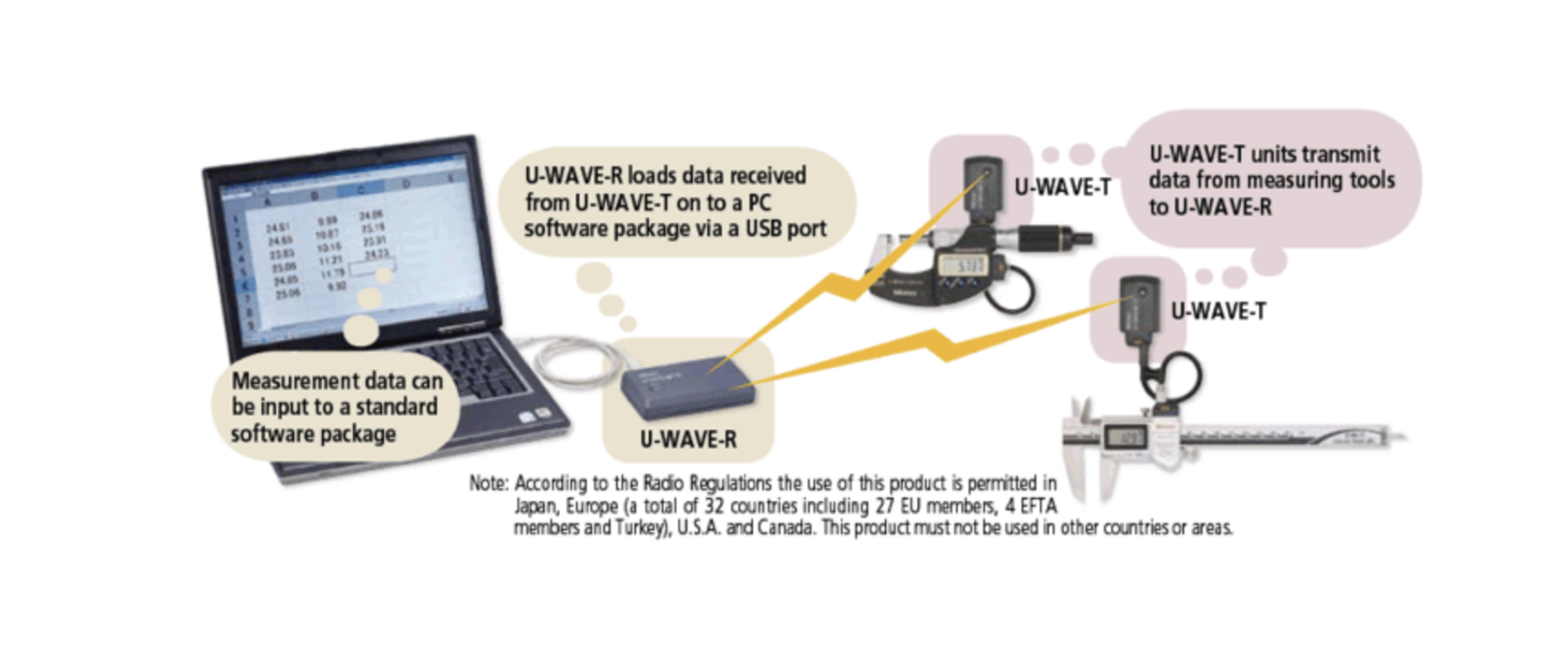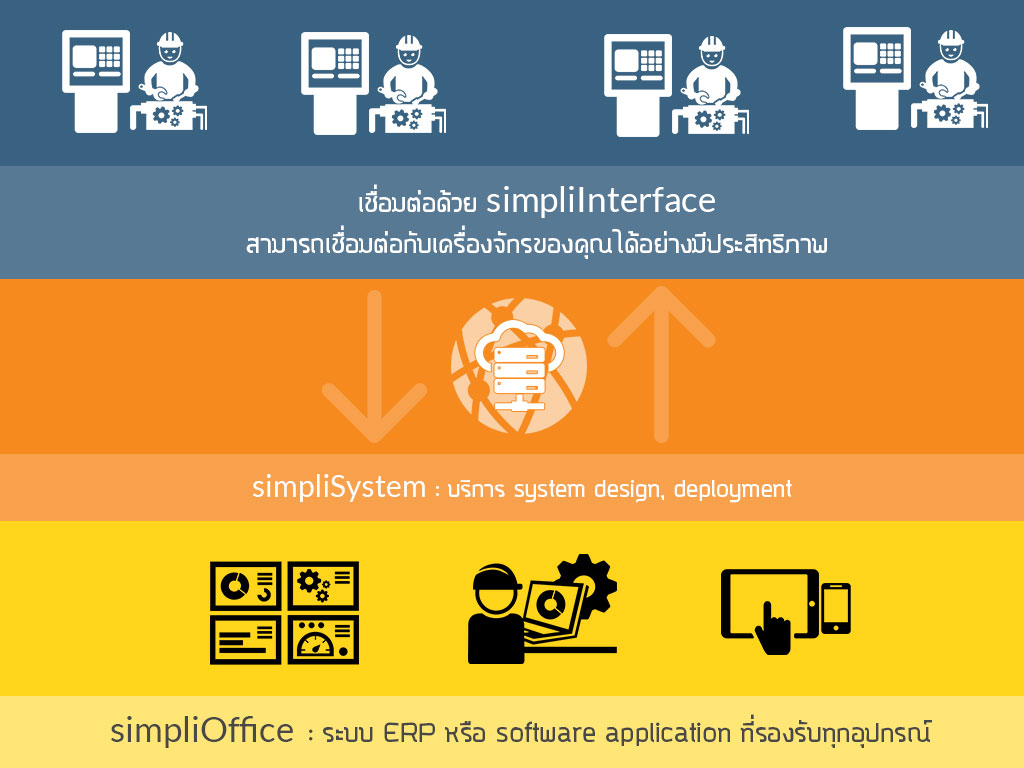Diagnosing the Root Cause of P0420 with Python, OBD-II, and Live Sensor Data
P0420 — “Catalyst System Efficiency Below Threshold (Bank 1)” — is one of the most misunderstood and misdiagnosed OBD-II trouble codes. It’s tempting to replace the catalytic converter right away, but that’s often a costly mistake. The real culprit might be a faulty sensor, air/fuel imbalance, or even exhaust gas recirculation (EGR) issues.
In this post, you’ll learn how to build a real-time diagnostic tool in Python using live OBD-II data to pinpoint the root cause of a P0420 fault, using tools like python-OBD, a simple rule engine, and optionally, machine learning.
🔧 What Causes P0420?
P0420 means the catalytic converter on Bank 1 isn’t reducing emissions efficiently. Common causes include:
- ❌ Bad catalytic converter
- ❌ Aging or faulty O2 (oxygen) sensors
- ❌ Exhaust leaks
- ❌ Improper fuel mixtures (lean/rich conditions)
- ❌ Faulty MAF or EGR components
A one-size-fits-all fix won't work — you need data.
🧰 Getting Started: Python + OBD-II Setup
You'll need:
- ELM327-compatible OBD-II adapter (USB, WiFi, or Bluetooth)
-
python-OBDpackage:pip install obd
Basic script to stream live data:
import obd
connection = obd.OBD() # auto-connect
print(connection.query(obd.commands.RPM)) # test📊 Logging Live Sensor Data
We'll log the following:
| Sensor | Reason |
|---|---|
| RPM | Engine load & timing |
| MAF | Air intake → fuel trim |
| O2 Sensors (B1S1, B1S2) | Pre- & post-cat efficiency |
| STFT / LTFT | Fuel trim adaptation |
| EGR Command / Error | Exhaust gas reintroduction control |
Sample logging loop:
import csv, time
fields = ['time', 'RPM', 'MAF', 'O2_B1S1', 'O2_B1S2', 'STFT1', 'LTFT1', 'EGR_CMD', 'EGR_ERR']
with open("obd_log.csv", "w") as f:
writer = csv.writer(f); writer.writerow(fields)
while True:
row = [time.time()]
row.append(connection.query(obd.commands.RPM).value)
row.append(connection.query(obd.commands.MAF).value)
row.append(connection.query(obd.commands.O2_B1S1).value)
row.append(connection.query(obd.commands.O2_B1S2).value)
row.append(connection.query(obd.commands.SHORT_FUEL_TRIM_1).value)
row.append(connection.query(obd.commands.LONG_FUEL_TRIM_1).value)
row.append(connection.query(obd.commands.EGR_COMMANDED).value)
row.append(connection.query(obd.commands.EGR_ERROR).value)
writer.writerow(row)
time.sleep(1)🧠 Smart Diagnostics: Rule-Based Fault Detection
Now let’s add intelligence: a function that uses patterns in the sensor data to guess the real cause of the P0420 fault:
def detect_p0420_issue(o2_pre, o2_post, ltft, stft, maf, rpm, egr_cmd=None, egr_err=None):
if abs(o2_pre - o2_post) < 0.1:
return "🔧 Likely bad catalytic converter"
elif ltft > 10 or ltft < -10:
return "🔧 Possible exhaust leak or air/fuel imbalance"
elif maf is not None:
if rpm < 1000 and maf < 2:
return "🌀 Possible dirty or underreporting MAF sensor"
elif rpm > 2500 and maf < 8:
return "🌀 MAF sensor may not be scaling with engine load"
if egr_cmd is not None and egr_err is not None:
if egr_cmd > 5 and abs(egr_err) > 10:
return "🔥 EGR valve not responding properly"
elif egr_cmd < 5 and egr_err < -10:
return "🔥 EGR valve may be stuck open"
return "⚠️ O2 sensors may be aging or misreporting"You can call this function every time you gather new data.
🧪 Advanced Tip: Train a Machine Learning Classifier
You can build a labeled dataset of known faults and use scikit-learn or XGBoost to train a model that predicts fault types:
from sklearn.ensemble import RandomForestClassifier
model = RandomForestClassifier()
model.fit(X_train, y_train)Features:
- RPM, MAF, O2 deltas, STFT, LTFT, EGR error
Labels:
cat_converter,o2_sensor,maf_sensor,egr_valve, etc.
Use the model in real-time to predict fault sources automatically.
✅ Conclusion: Smarter P0420 Diagnosis
Instead of blindly replacing your catalytic converter, use Python and real-time sensor data to make informed decisions. With a bit of scripting and sensor knowledge, you can:
- Log meaningful OBD-II data
- Spot patterns in fuel trim and sensor behavior
- Diagnose root causes of P0420
- Save \$\$\$ on unnecessary repairs
📥 Want the Full Script?
Let me know if you'd like a:
- ✅ Complete command-line diagnostic tool
- ✅ Streamlit dashboard to visualize sensor data
- ✅ Training dataset template for machine learning
Get in Touch with us
Related Posts
- 经典编程思维 —— 向 Kernighan & Pike 学习
- Classic Programming Thinking: What We Still Learn from Kernighan & Pike
- 在开始写代码之前:我们一定会先问客户的 5 个问题
- Before Writing Code: The 5 Questions We Always Ask Our Clients
- 为什么“能赚钱的系统”未必拥有真正的价值
- Why Profitable Systems Can Still Have No Real Value
- 她的世界
- Her World
- Temporal × 本地大模型 × Robot Framework 面向中国企业的可靠业务自动化架构实践
- Building Reliable Office Automation with Temporal, Local LLMs, and Robot Framework
- RPA + AI: 为什么没有“智能”的自动化一定失败, 而没有“治理”的智能同样不可落地
- RPA + AI: Why Automation Fails Without Intelligence — and Intelligence Fails Without Control
- Simulating Border Conflict and Proxy War
- 先解决“检索与访问”问题 重塑高校图书馆战略价值的最快路径
- Fix Discovery & Access First: The Fastest Way to Restore the University Library’s Strategic Value
- 我们正在开发一个连接工厂与再生资源企业的废料交易平台
- We’re Building a Better Way for Factories and Recyclers to Trade Scrap
- 如何使用 Python 开发 MES(制造执行系统) —— 面向中国制造企业的实用指南
- How to Develop a Manufacturing Execution System (MES) with Python
- MES、ERP 与 SCADA 的区别与边界 —— 制造业系统角色与连接关系详解














